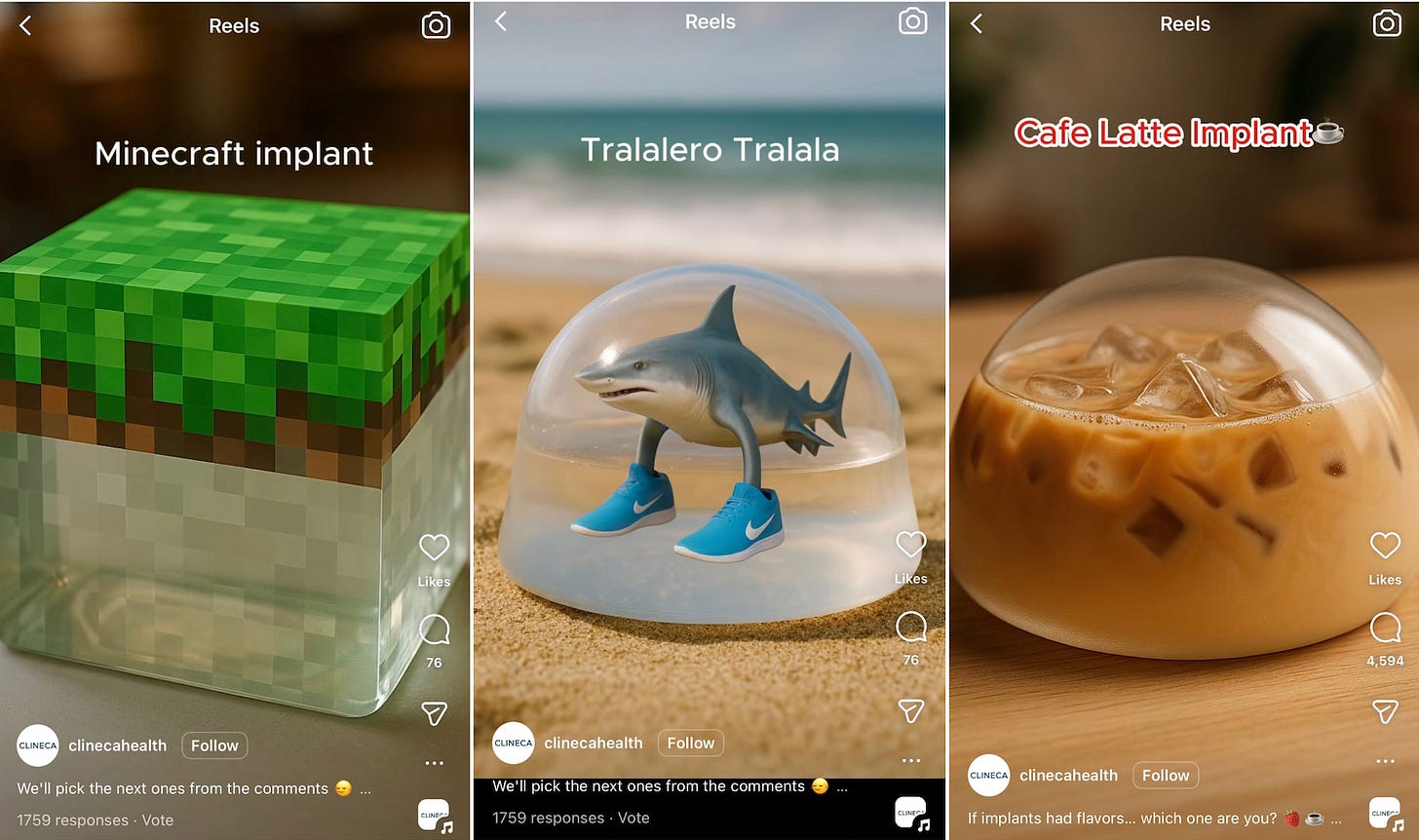What's next for emerging media?
EMERGE 2025 showcased student projects in motion graphics, type design, creative coding, advertising, and extended reality.
Today’s PHONE TIME includes the latest tech around town, featuring the School of Visual Arts’ EMERGE 2025 student showcase, a roundup of internet-related news, and five niche internet corners.
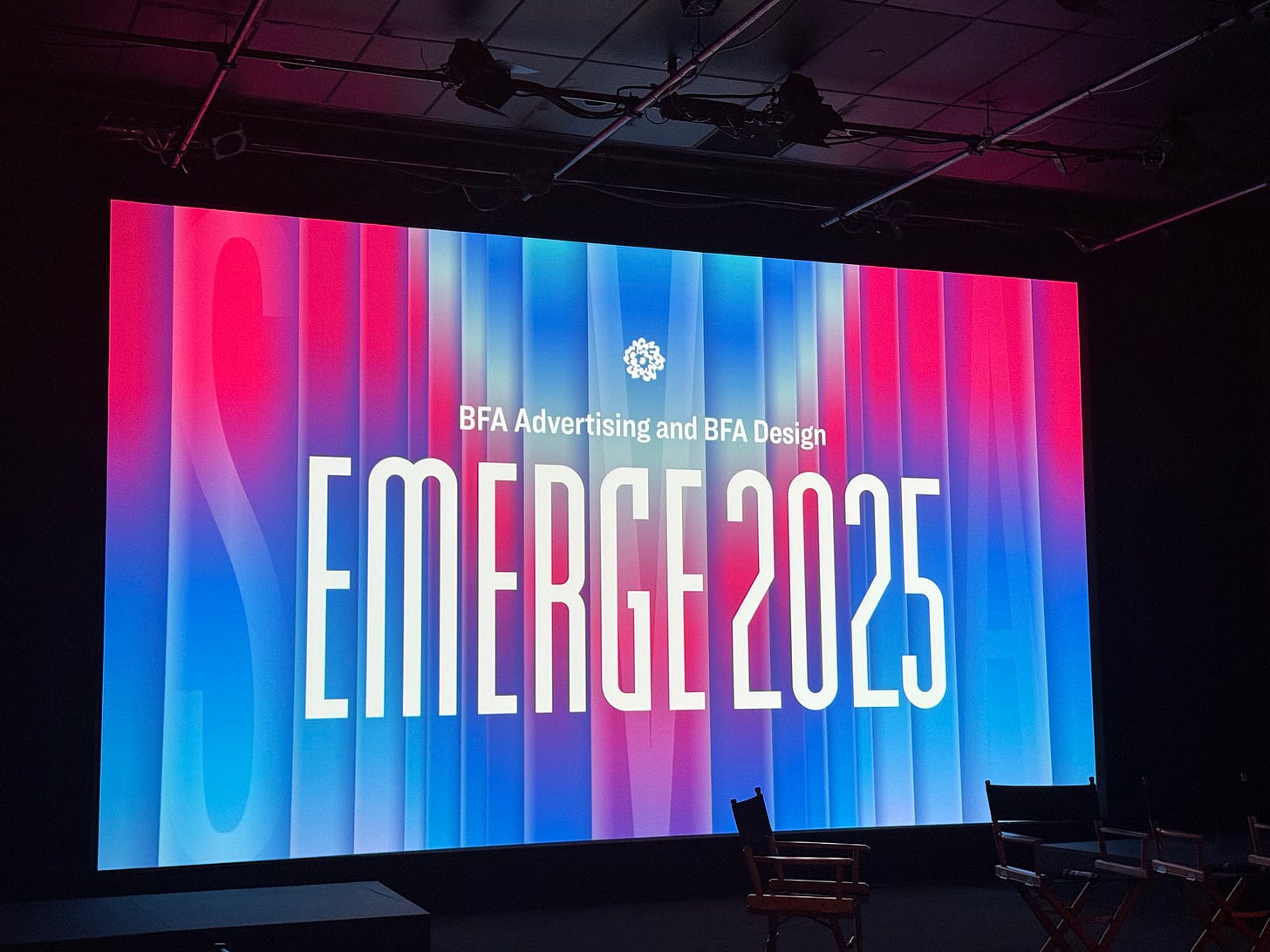
The School of Visual Arts hosted EMERGE 2025 on May 1 at the SVA Theatre in Chelsea, Manhattan. The event included a panel discussion and public showcase of student projects from the BFA Advertising and BFA Design programs.
I’ve attended many student panels and exhibitions during undergrad and as a student reporter. They’re great forums to learn about specific fields and discover cool and creative work by young people. Many, like EMERGE 2025, are free and open to the public, even if you’re not a student or affiliated with the institution.
The panel included creative technologist and BFA Design faculty member Kami Karras, designer and educator Jessica Paik, and software engineer and AI researcher Trudy Painter.
Karras spoke about the current state of augmented reality. She noted that while phone-based AR is the most accessible, glasses are ideal because the interface is hands-free and fully in your field of vision. She added that Snapchat’s Spectacles are more consumer-friendly than the Apple Vision Pro due to the latter’s size.
Paik shared her process of using AI to further develop original illustrations of bread characters, comparing her experiences using Gemini and ChatGPT.
Painter discussed the potential of newer multimodal AI models, which can understand both text and images. She talked about using AI as a “supercharged paintbrush” in order to feel empowered, rather than replaced, by the technology. She also encouraged audience members to think deeply about their craft and using AI in ways that don’t take away from their self-expression.
After the panel, a roughly 40-minute screening showcased student work across programs, including advertising, interaction, motion design, and type design.
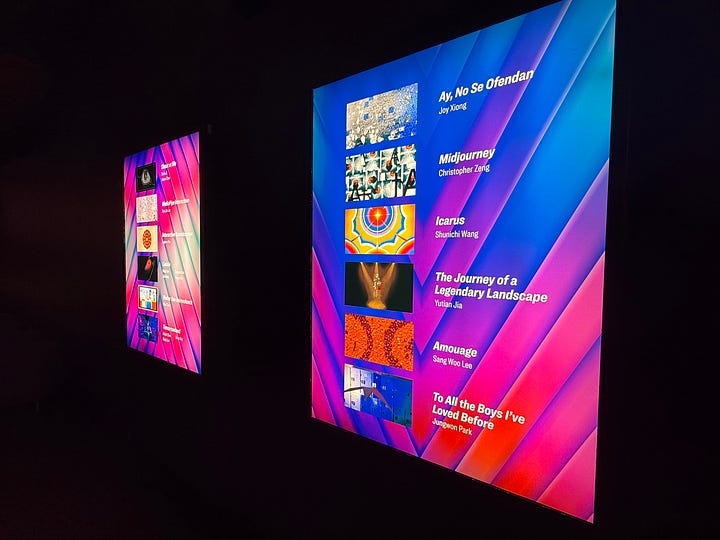
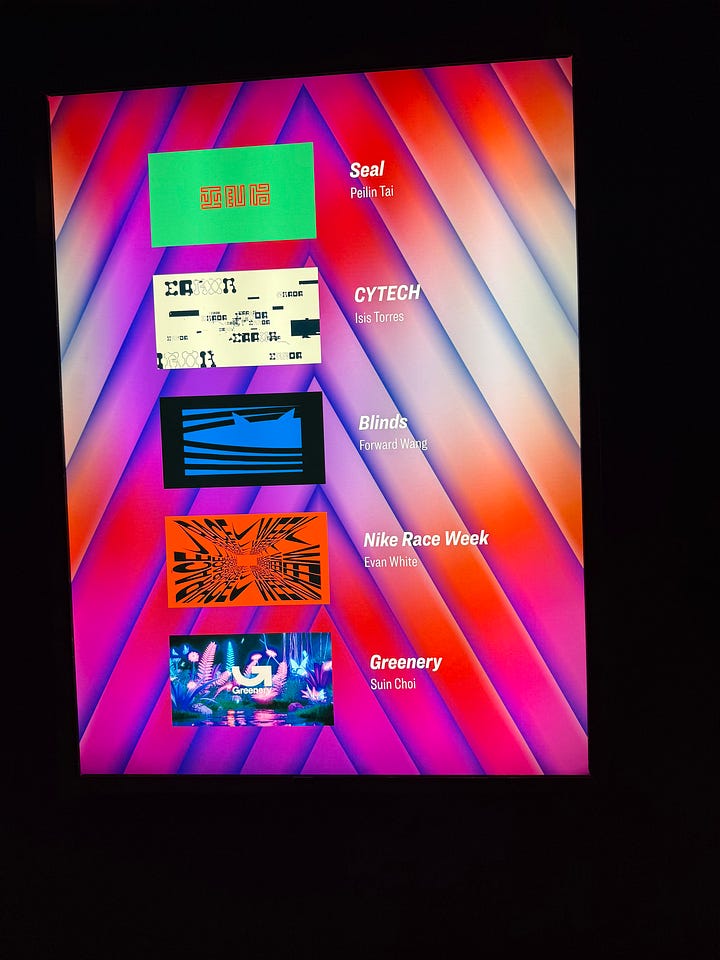
Elsewhere online
“Google might replace the ‘I’m Feeling Lucky’ button with AI Mode”—Jess Weatherbed, The Verge.
“The tinkerers who opened up a fancy coffee maker to AI brewing”—Kevin Purdy, Ars Technica.
This is one of my favorite tech stories I’ve read in a while, and reminds me of another coffee technology—the Cino Printer, used to make the infamous “selfieccino.”
“They Fell in Love Playing Minecraft. Then the Game Became Their Wedding Venue”—Margaux Blanchard, WIRED.
“TikTok launches TikTok AI Alive, a new image-to-video tool”—Aisha Malik, TechCrunch.
“Google updating its ‘G’ icon for the first time in 10 years”—Abner Li, 9to5Google.

The new logo as seen on the Apple App Store.
Niche internet corners
Since last summer, I’ve been increasingly intrigued by wikiHow’s Instagram strategy. The nine most recent posts, a mix of both photos and Reels, are as follows: “The ultimate guide to women’s underwear & panty types,” “How to give a girl a hickey,” “How to make out with braces,” “What’s your biggest turn-on?,” “Different kinds of high heels & how to style them,” “How to breathe while kissing,” “How to Spiderman kiss,” “How does someone become the Pope?” and “Which Zodiac signs were serial killers born under?”
In what remains one of my favorite internet culture stories, Kaitlyn Tiffany wrote for The Atlantic in 2019 about wikiHow as embodying “an alternative history of the internet, and an interesting possibility for its future.”
The story discusses wikiHow memes, specifically the subreddit r/disneyvacation, which is dedicated to posting “weird, terrible, terrifying illustrations” from the site and recaptioning them. “When [the memes] started, I was probably a bit sad. We work so hard to do a good job for people, and here they are making fun of us. But now I love it. I’m just so happy some of the most clever, funny, creative people on the internet are talking about wikiHow,” co-founder Jack Herrick told Tiffany. Judging by its Instagram presence, wikiHow seems to be leaning into the absurdity.
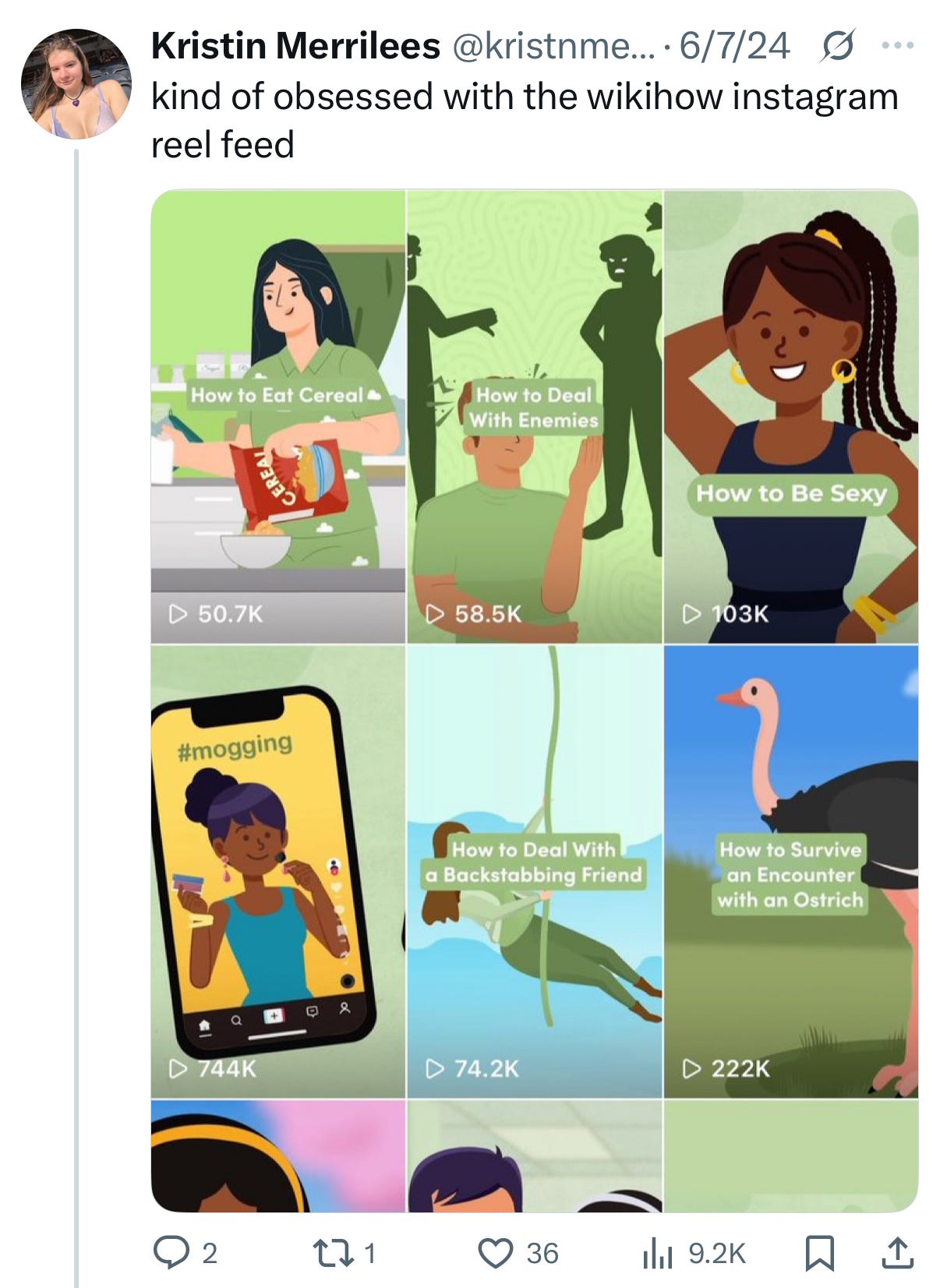
Last month, I wrote about how the AI starter pack trend was especially popular amongst estheticians, makeup companies, and other beauty professionals. A plastic surgery clinic in Istanbul called Clineca Health also participated, but that’s not the only way they’re using AI. The clinic has racked up millions of views on Instagram Reels with AI-generated images of breast implants of different flavors and themes—including a “matcha implant,” “Coca-Cola implant,” “cafè latte implant,” “nuclear implant,” “Minecraft implant,” and even one of Italian brainrot character “Tralalero Tralala.”
The Glitch Gallery is “an online exhibition of pretty software bugs,” established by programmer and artist blinry in 2020. It takes submissions.
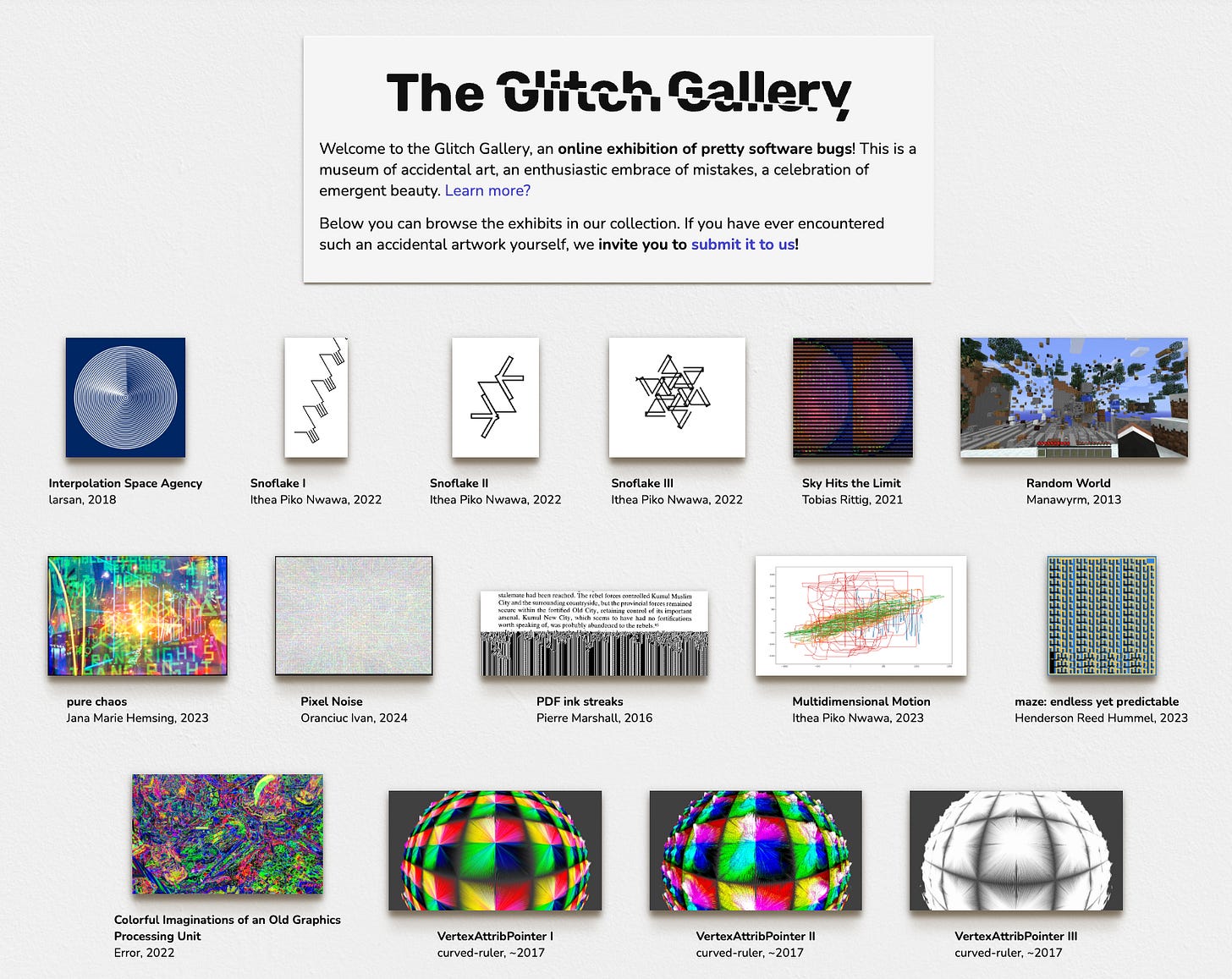
The gallery was inspired by the Tumblr blog accidental aRt, documenting “when data visualization goes beautifully wrong.” Here’s one I tweeted about in 2022: a Tumblr blog called Wendy Torrance Is My Fashion Icon. And another one called The Overlook Hotel, dedicated to “The Shining”-related ephemera.
Surely at least one person learned about the first American pope through this post from @mohawkmaniabob.



